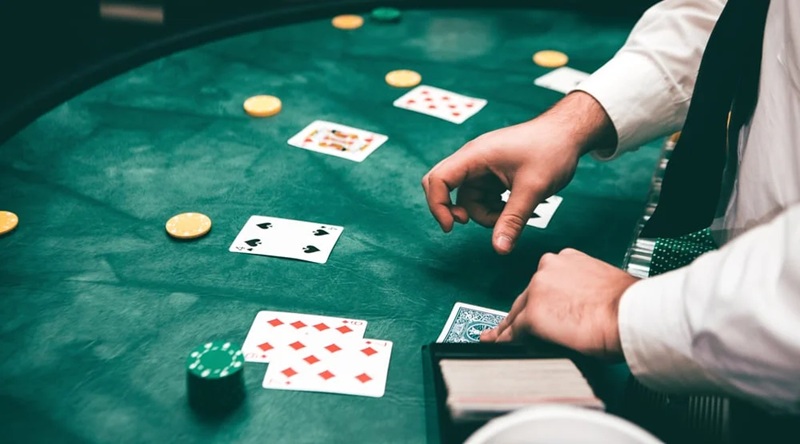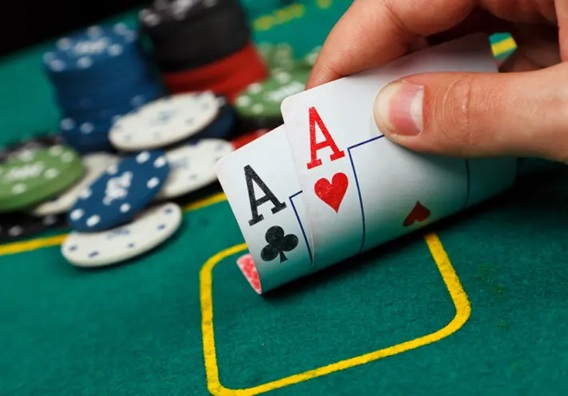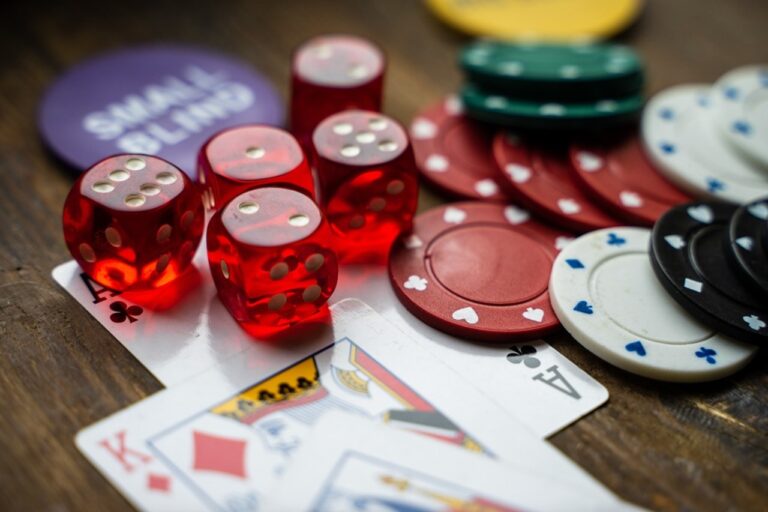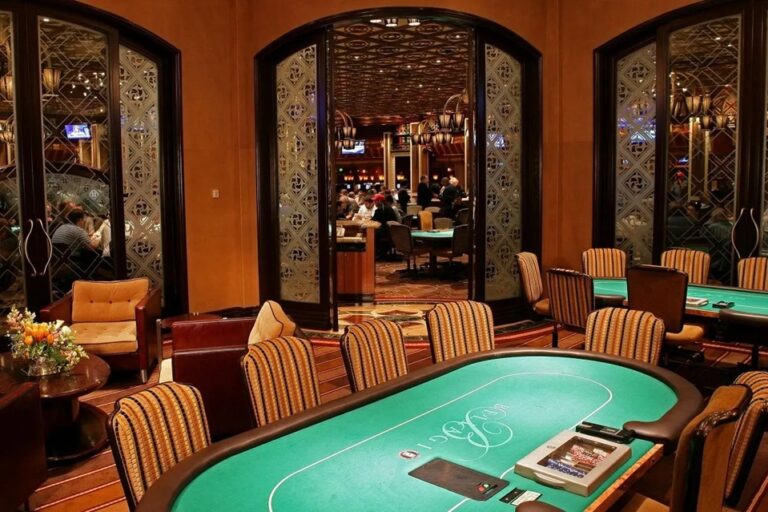
Casinos are not just about gambling—they are precision-engineered environments designed to keep you playing for as long as possible. Every flashing light, every free drink, every complimentary perk serves a purpose: to extend your time on the casino floor.
The logic is simple—the longer you play, the more likely you are to lose. Every casino game, from slot machines to blackjack, operates on a built-in mathematical advantage known as the house edge. While short-term luck can swing in the player’s favor, over time, probability ensures that the casino always comes out ahead.
The industry understands this better than anyone. That’s why casinos invest millions into tracking and manipulating player behavior, ensuring that gamblers stay engaged, comfortable, and, most importantly, seated at their favorite games for as long as possible.
How Casinos Track Your Playtime
Casinos don’t just rely on intuition to determine how long players stay at the tables or slot machines. They use sophisticated data-tracking technology to monitor gambling habits in real time.
- Player Loyalty Cards and “Time-on-Device” Data. When a player inserts a loyalty card into a slot machine or hands it to a dealer at a table game, they aren’t just earning points for free meals and hotel stays. They are feeding the casino valuable data on their gambling behavior. Casinos track how long you’ve been playing (your “time-on-device”), how much you’re betting per spin or hand, your average loss rate, and your response to winning and losing streaks. This information helps casinos predict player tendencies and adjust their offers accordingly. If a gambler starts to slow down, the casino may offer free play credits, bonus spins, or even a complimentary meal—anything to keep them in the game longer.
- Facial Recognition & RFID Technology. Beyond loyalty cards, many modern casinos use facial recognition cameras to track high-value players. Others use RFID-enabled chips at high-stakes tables to monitor betting patterns. The goal is to understand exactly how long each player stays engaged and what factors cause them to walk away. Casinos take this data and use it to optimize floor layouts, machine placement, and promotional offers to maximize playtime.
Psychological Tricks That Keep You Playing
Casinos don’t just rely on technology—they engineer every aspect of the environment to keep players immersed.
- No Clocks, No Windows, No Sense of Time. The classic design of a casino is deliberate. There are no clocks, no windows, and no natural light. Without time markers, players lose track of how long they’ve been gambling. A gambler who intended to play for an hour might suddenly realize they’ve been sitting at a slot machine for five hours—and by that time, they’re too deep into the session to stop.
- The Power of “Near Misses”. Slot machines are designed to create the illusion of winning, even when a player loses. Seeing two jackpot symbols line up with the third just barely missing triggers a dopamine rush, making players believe they were “so close” to hitting big. Even non-winning spins often produce flashing lights and celebratory sounds, mimicking the sensation of a win. These psychological reinforcements encourage players to keep spinning, convinced that a big payout is just around the corner.
- Free Drinks, But Not Just for Fun. Casinos are notorious for offering free alcohol to players, but this isn’t just about hospitality—it’s a strategy. Alcohol lowers inhibitions, making players more likely to take risks and bet higher amounts. Intoxicated gamblers stay seated longer, less aware of their losses. Casinos strategically ensure that cocktail waitresses circulate through the gaming areas frequently, especially in high-stakes sections where bigger bets are being placed.
- Comfortable Seating & Relaxing Atmosphere. The chairs at slot machines and gaming tables are designed for maximum comfort. The goal is to prevent players from feeling physical discomfort that might prompt them to take a break. Ergonomic chairs keep players seated longer. Ambient casino music is carefully curated to be engaging but not overwhelming. Temperature control ensures that players never feel too cold or too hot—removing any external distractions that might encourage them to leave. Everything is optimized to eliminate any urge to get up and walk away.
How Casinos Use Rewards to Extend Playtime

Casinos don’t just use environmental tricks—they also reward players just enough to keep them coming back.
- Comped Meals, Rooms, and Exclusive Perks. Casinos know that once a player feels valued, they are more likely to continue playing. That’s why high-value gamblers receive perks such as comped buffet passes or steakhouse dinners, free hotel suites and upgrades for extended stays, and access to VIP lounges with exclusive drinks and entertainment. These rewards cost the casino very little compared to the money that players spend on games. More importantly, these perks keep players inside the casino longer, giving the house more opportunities to win back their money.
- Loss Rebates & “Second Chances”. When a player experiences a losing streak, they may receive a loss rebate—a percentage of their losses returned as free play credit. A gambler who loses $5,000 might be given $500 in free play to “give them another shot.” If a player drops below a certain threshold, they may be offered bonus spins or a match play coupon to re-engage them. These offers create the illusion that the player is being given “a chance to recover”, even though they are still being encouraged to gamble more.
- “Tiered Loyalty Programs” Keep Players Invested. Many casinos use tiered loyalty programs to create a sense of progression and achievement. Players start at basic membership levels and unlock better perks as they play more. The more time they spend gambling, the closer they get to reaching the next level—which often comes with more exclusive benefits. This system taps into human psychology, making players feel like they are working toward something tangible—even if it requires more play and more spending to reach the next tier.
When Players Try to Leave, Casinos Fight to Keep Them
Casinos employ countermeasures to stop players from walking away once they’ve been playing for a long time.
- The “Wait, Here’s a Gift!” Strategy. If a casino notices that a high-value player hasn’t returned in a while, they may send a personalized offer to entice them back:
- “We miss you! Here’s $100 in free play.”
- “Enjoy a free two-night stay if you return this weekend.”
These offers serve as hooks—players feel compelled to take advantage of the “free” reward, but once they return, they often end up spending far more than the value of the gift.
- Pit Bosses & Casino Hosts Step In. For high-stakes players, the casino won’t let them leave without a fight. A pit boss or personal casino host may step in with a VIP offer, such as:
- “Let’s get you into a private gaming suite for a more exclusive experience.”
- “How about a risk-free bet on your next hand? If you lose, we’ll cover it.”
These strategies reignite the gambling impulse just as a player was considering leaving.
Casinos don’t just care about how much you bet—they care about how long you stay. The longer you’re in the game, the more predictable your losses become. Through psychological triggers, rewards, environmental design, and data tracking, they ensure that once you sit down, leaving becomes the hardest bet of all.






